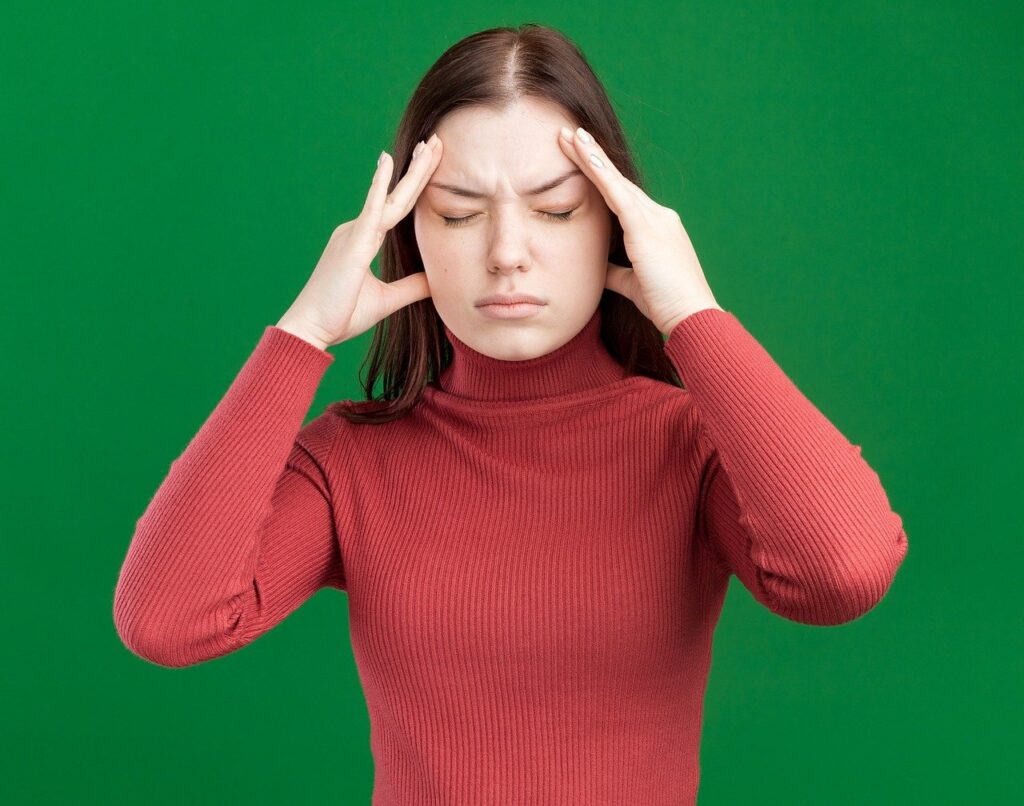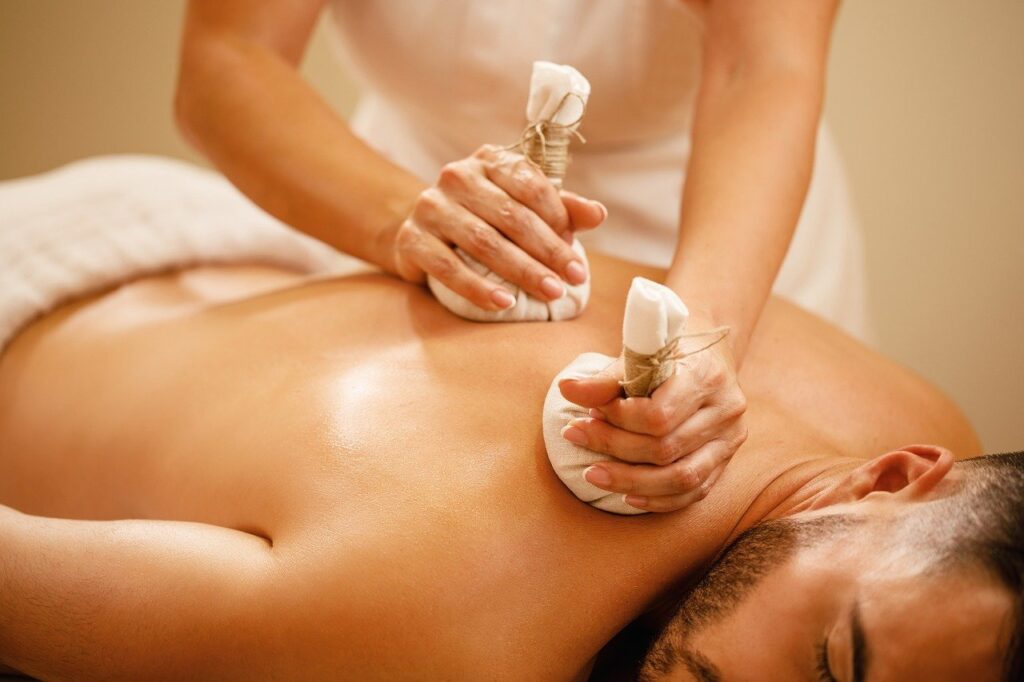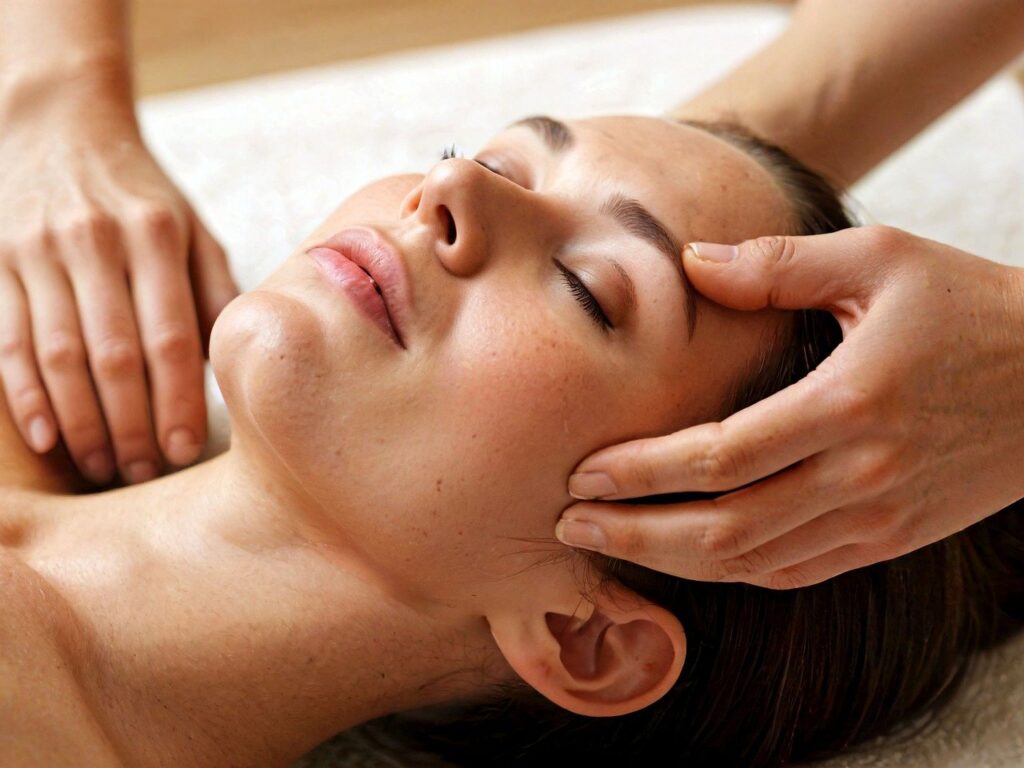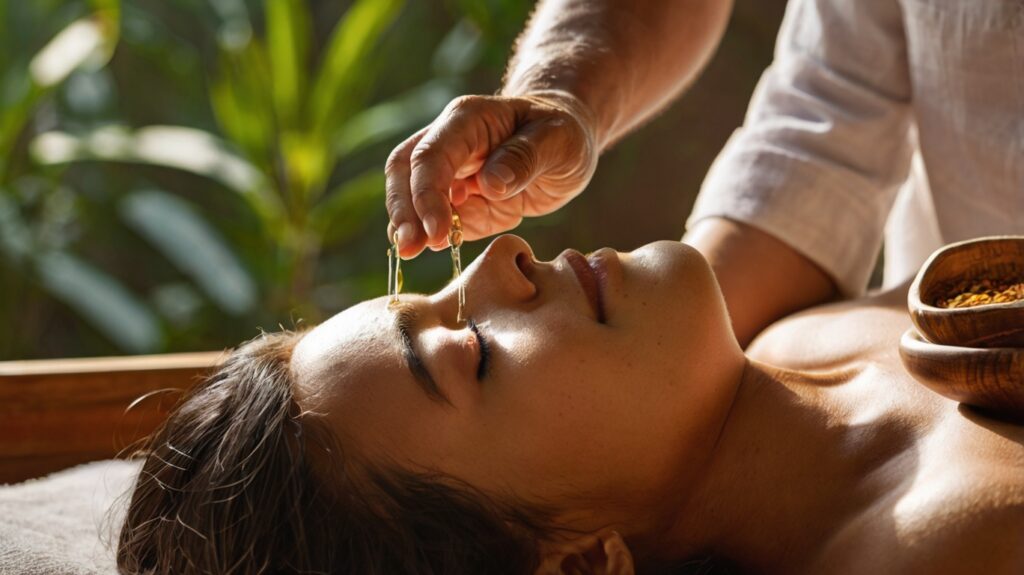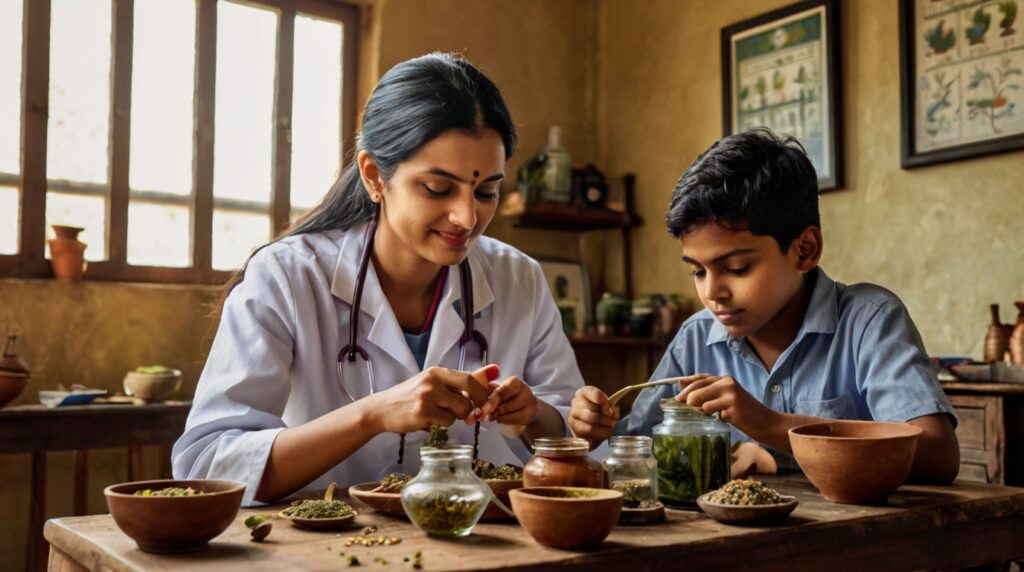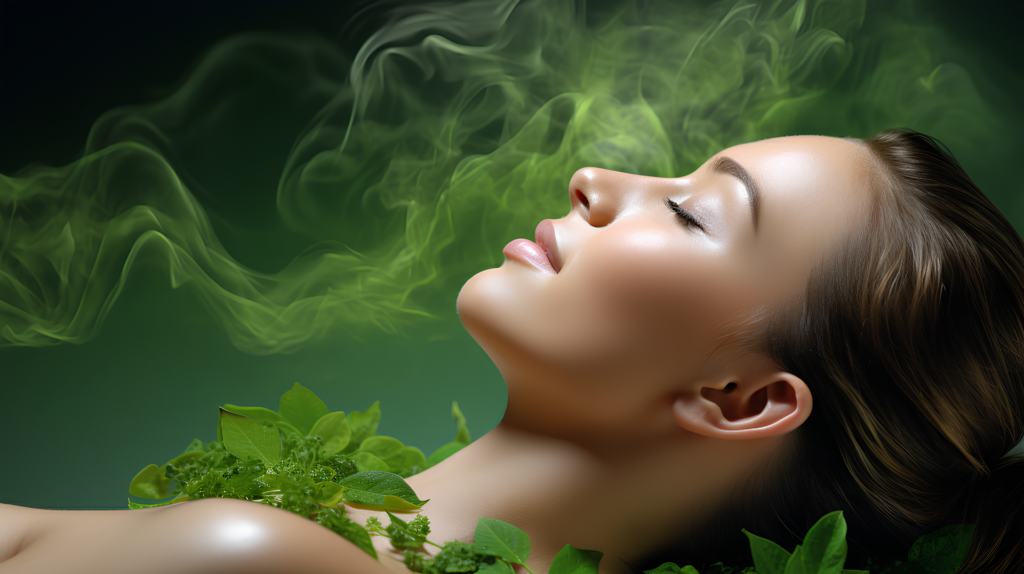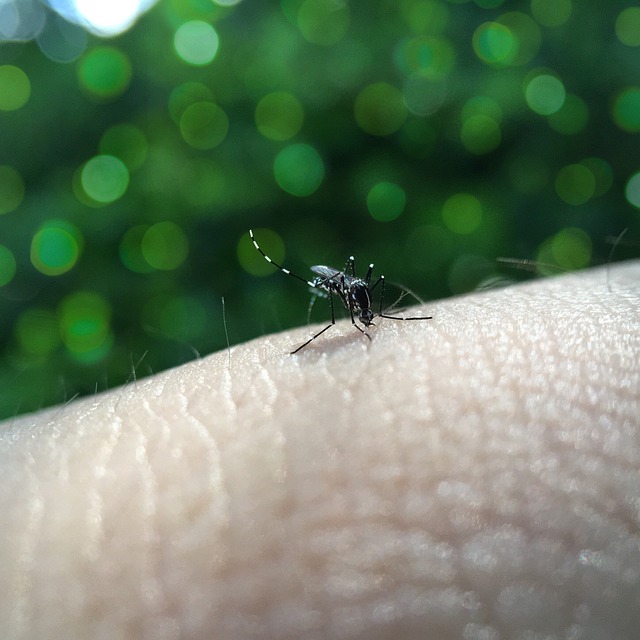Ayurvedic Panchakarma Treatment for Mental and Physical Healing
In today’s fast-paced world, stress, fatigue, and physical ailments are common concerns that hinder holistic well-being. Modern lifestyles often lead to imbalances in the body and mind, resulting in chronic health issues. This is where the ancient science of Ayurveda, with its time-tested Panchakarma therapy, steps in to restore harmony and rejuvenation. At Ayuryog Clinic in Delhi, we specialize in providing authentic Ayurvedic Panchakarma treatment in Delhi that promote deep mental and physical healing.
What is Panchakarma?
Panchakarma, meaning “five actions,” is a cornerstone of Ayurvedic medicine. This therapeutic procedure eliminates toxins, balances the doshas (Vata, Pitta, and Kapha), and rejuvenates the body. The five actions include:
Vamana: Therapeutic emesis to cleanse the stomach.
Virechana: Purgation to detoxify the intestines.
Basti: Herbal enemas for colon cleansing.
Nasya: Nasal detoxification to purify the sinuses and mind.
Raktamokshana: Bloodletting to purify the blood.
Each procedure is customized to suit individual health conditions and doshic imbalances, ensuring a tailored approach to healing.
Benefits of Ayurvedic Panchakarma Treatment
1. Mental Clarity and Emotional Balance
Panchakarma therapies like Shirodhara (the pouring of warm herbal oil on the forehead) calm the nervous system, reducing anxiety, depression, and insomnia. At Ayuryog Clinic, many patients report a sense of mental peace and improved focus after their treatment sessions.
2. Detoxification
Modern lifestyles expose us to pollutants and processed foods that accumulate toxins in the body. Panchakarma acts as a detoxifying agent, cleansing organs like the liver, intestines, and skin, promoting better digestion and immunity.
3. Pain Relief and Improved Mobility
Therapies such as Abhyanga (full-body oil massage) and Pizhichil (oil bath therapy) reduce inflammation and relieve chronic pain, making them highly effective for arthritis and joint issues.
4. Rejuvenation
Panchakarma boosts energy levels, enhances skin texture, and promotes overall vitality by rebalancing the body’s energies. This leaves you feeling younger and more vibrant.
Why Choose Ayuryog Clinic in Delhi?
Ayuryog Clinic is a leading Ayurvedic center in Delhi, offering authentic Panchakarma treatments under the guidance of experienced practitioners. Here’s what sets us apart:
Personalized Treatments
We assess your unique constitution (Prakriti) and health concerns to craft a customized Panchakarma plan that suits your needs.
Expert Team
Our team comprises certified Ayurvedic doctors and therapists trained in traditional techniques to ensure the highest standard of care.
Serene Environment
Situated in the heart of Delhi, our clinic provides a tranquil and hygienic setting that fosters relaxation and healing.
Holistic Approach
At Ayuryog Clinic, we combine Panchakarma with dietary advice, yoga, and meditation to ensure sustainable mental and physical wellness.
Transform Your Health with Panchakarma
Ayuryog Clinic invites you to embark on a journey toward holistic well-being. Whether you’re seeking relief from chronic illnesses, stress, or simply aiming to rejuvenate, our Ayurvedic Panchakarma Treatment promise profound benefits.
Book Your Consultation Today!
Visit Ayuryog Clinic, Delhi, and experience the transformative power of Ayurveda. Let us help you unlock a healthier, balanced, and stress-free life.
For more information, visit our clinic or contact us at +91 8368841257.

